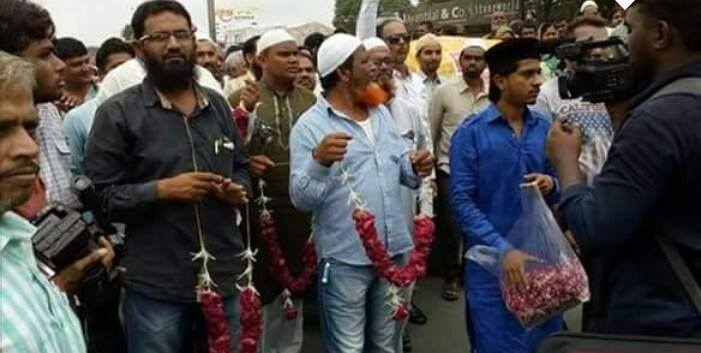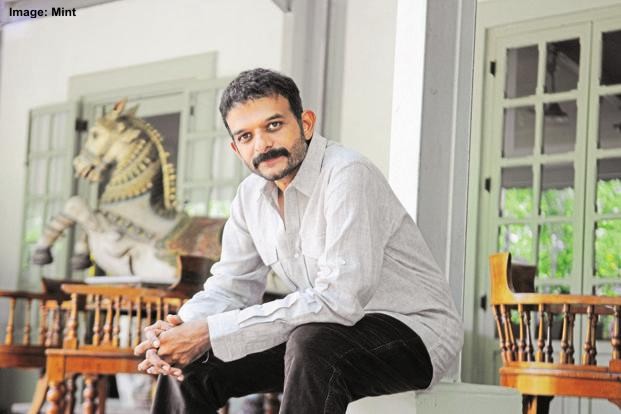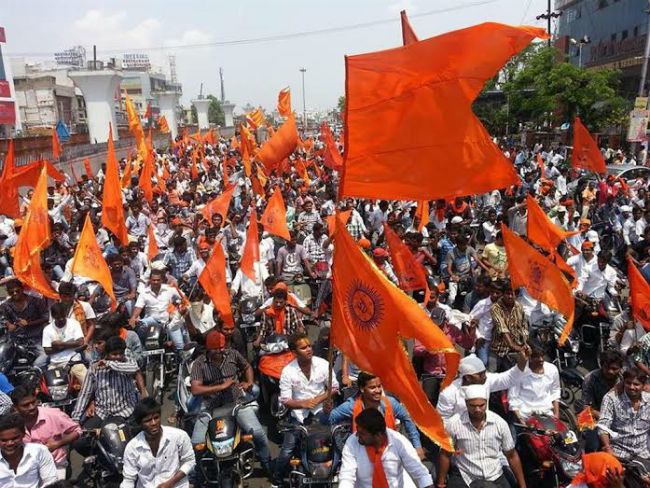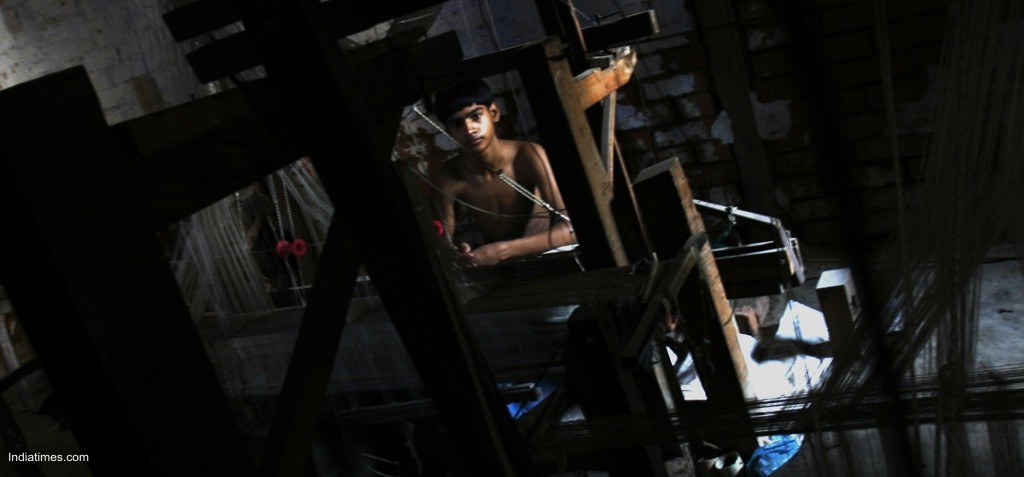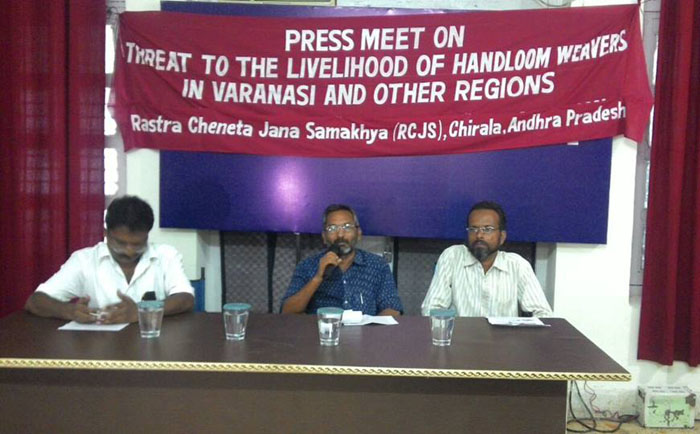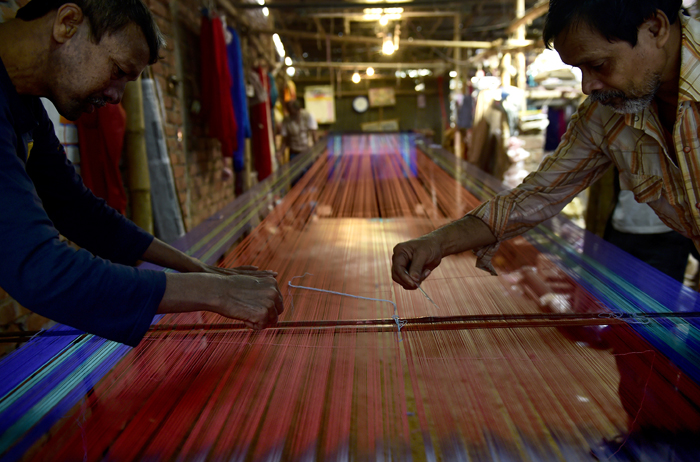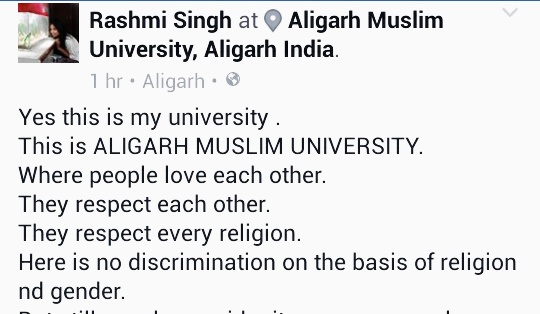On September 11 every year, the man who fought to emancipate Dalits is remembered.
Defying all caste norms and leading the Dalit struggle in the early 1900s in a district as caste-ridden as Ramanthapuram in Tamil Nadu is no easy feat. And that is exactly what Dalit leader Immanuel Sekaran became the face of. To emancipate the Dalits, educate them, allow them freedoms and make their place known in a caste entrenched society, Immanuel sacrificed himself for the Dalit struggle.
D Karthikeyan writes in The Hindu, “The riots in Mudukulathoor district that led to his death, and struggles of Dalits like him, did not figure even in the Dravidian discourse or Non-Brahmin Movement as a problematique.”
Today, film and political circles are abuzz with a rumour that a movie could be made about him. In all likelihood, this will remain a rumour as a movie on him could lead to violent clashes between communities.
So, who was Immanuel Sekaran?
According to The Hindu, Immanuel Sekaran was born to Vedhanayagam, a school teacher and founder of Devendra Kula Vellalar Sangam, on October 9, 1924 in Sellur village in Mudukulathur, Ramanathapuram. He participated in the Quit India movement at the age of 18 and was imprisoned for three months by the then British government.
In 1945, he joined the Indian Army as Havildar Major. After serving the Army for a few years, he returned to Paramakudi to become a Youth Congress leader. He worked towards uplifting the Dalits and organised 'Annihilation of Caste Conference' in Madurai. The conference was presided over by B.R. Ambedkar. He was highly educated and knew seven languages including Russian.
During the colonial period of 1930s, Ramanathapuram district was known to be notorious for its violent caste based discrimination. Dalits were systematically denied any form of symbols that were associated with superior status. JH Hutton, the then Census Commissioner, in his book Caste in India; Its Nature, Function, and Origins (Oxford University Press, London, 1963) describes the eight prohibitions imposed on Dalits by dominant castes, which included ban on wearing jewelery, ornaments and getting educated.
D Karthikeyan writes “The ban was later re-imposed with a stronger set of eleven prohibitions. Sekaran defied all of the existing norms and fought for making the Dalits as emancipated subjects.”
Immanuel was actively involved in the 'depressed classes' movement in and around Sellur and propagated the importance of education among Dalits and asked them to fight against oppression.
There were attempts by the Congress, particularly by Chief Minister K Kamaraj, to make Immanuel a member of the Legislative Assembly so that he could be given protection as per the law. In order to contest the elections, Immanuel converted to Hinduism and became Immanuel Sekaran. In 1956, following the demise of B. R. Ambedkar, Immanuel organised a condolence meeting.
In 1957, Forward Bloc leader Muthuramalinga Thevar won from the Arupukottai parliamentary constituency and the Mudukulathoor assembly constituency. Because he resigned from the Mudukalathoor assembly constituency, a by-poll was held on 1 July, 1957. Immanuel Sekaran, now of the Congress Party, wanted to contest the election, but Kamaraj preferred to nominate a Maravar. Immanuel Sekaran campaigned for the Congress. Sasivarna Thevar, a candidate of the Forward Bloc won the election.
However, the Dalits and the Nadars had voted for entirely for the Congress. Angered by this, the Maravars started unleashing greater oppression against the Dalits and the Nadars. In order to offer sacrifices to the Badrakali temple, the Maravars kidnapped 9 Dalit men from the village of Katamangalam and took them along. 42 Dalits were slain in the Muukalathoor riots. Considered as one of the worst caste clashes in the post-colonial period, it marked a new phase in the struggle against caste based oppression in which Dalits started to question their subjective position.
The then District Collector CVR Panikkar made arrangements for talks between the Dalits, Maravars and Nadars on 10 September 1957. Perumal Peter and Immanuel Sekaran represented the Dalits. Muthuramalinga Thevar suggested that all the leaders could address the people in a public meeting.
VCK leader Thirumavalavan writes in his book Uproot Hindutva: The Fiery Voice of the Liberation Panthers, “The Dalit representatives feared that Muthuramalinga Thevar could use the meeting to create further tension, suggested that all the leaders sign an agreement, which could be distributed among the people. When Muthuramalinga Thevar had entered this meeting, everybody including the Collector stood up with the exception of Immanuel Sekaran. The Collector asked Immanuel why he did not stand up when a leader entered. Immanuel replied, 'He is not a leader to me. He wanted to destroy my whole community.'”
This angered Muthuramalinga Thevar very much. As a consequence, the talks came to an abrupt end without any solution in sight.
On 11 September 1957, Immanuel Sekaran who was returning to Peraiyur, was attacked by the Maravars and murdered on the spot. Periyar passed a resolution seeking the arrest of Muthuramalinga Thevar. Kamaraj, the then Chief Minister, immediately arrested Muthuramalinga Thevar and all the Maravars who were responsible for the riots. Later, the C.N.Annadurai-led DMK government released all those arrested in connection with the 1957 riots. Today, there is a memorial for Immanuel Sekaran in Paramkodi in southern Tamil Nadu.
According to Anand Teltumbde in Counter Currents, on September 11, 2011, Immanuel Sekaran's 54th death anniversary, police firing on participants observing the memorial day in Paramkudi had claimed three lives
Mainstream discourse has carefully weeded out any but the barest references to him. Every exercise to black out memories of Immanuel seems to have only strengthened the resolve of the Dalits of Tamil Nadu to remember him, cherish his memory.
Links:
Immanuel Sekaran in the vanguard of Dalit struggle by D Karthikeyan, The Hindu
Killing Pallars To Propitiate Thevars by Anand Teltumbde, Counter Currents
Case filed against Collector, The Hindu
Uproot Hindutva: The Fiery Voice of the Liberation Panthers by Thirumavalavan
Article was first published on The News Minute

